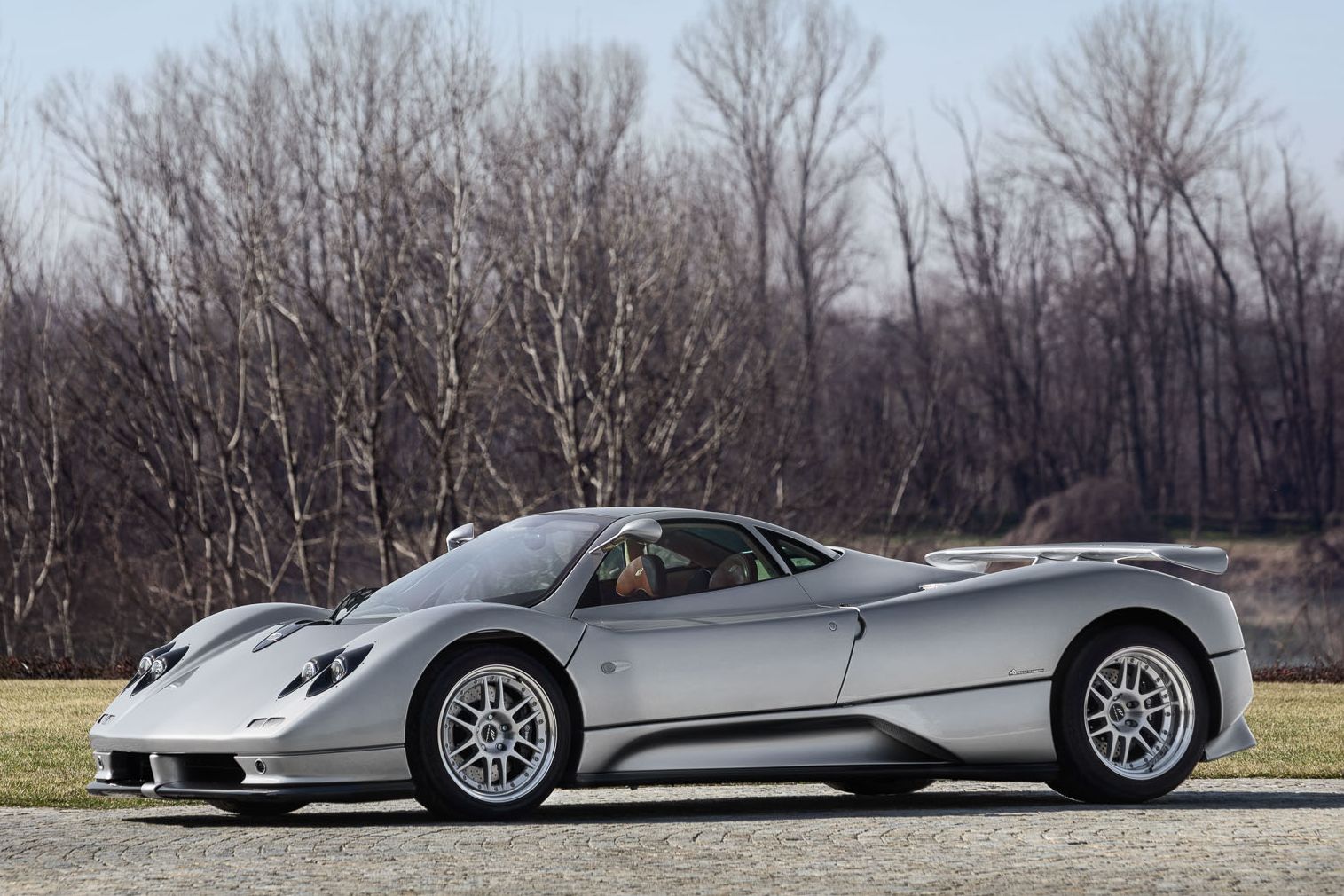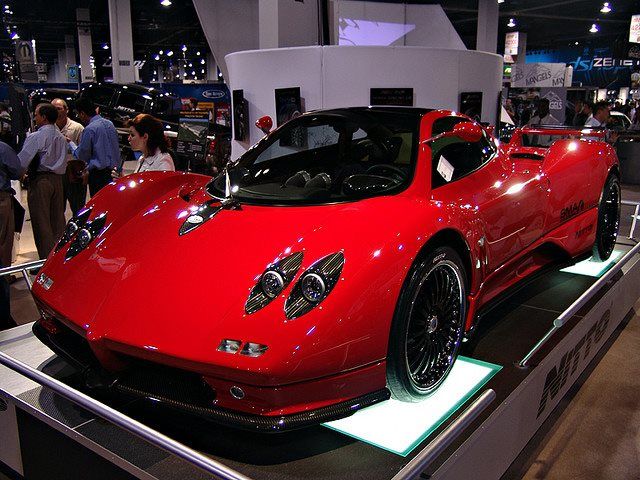
Nearly all modern supercars live in the shadow of the Lamborghini Countach. Sure, they're faster these days, and even more outrageous-looking. The Countach, however, set the bar for outrageous in the supercar niche, and most supercars since have only made small, incremental increases in this area. Fresh design thinking is needed in order to make a supercar truly stand out, and nobody understands this better than Horacio Pagani.
Born in Argentina to a family of bakers, Pagani spent his youth dreaming of cars and designing his own model cars out of wood. In 1983 he moved to Italy to pursue his dream. He worked for Lamborghini, doing composites research, and was responsible for the creation of the Countach Evoluzione. His inability to convince company higher-ups of the importance of materials research led him to form his own company, Pagani Composite Research, in 1988. He worked with Lamborghini again that year, designing the 25th Anniversary Edition Countach.
His company became Modena Design in 1991, as demand for his design work increased, and then Pagani Automobili in 1992, once he began to seriously plan the manufacture of his own car, which had had been working on since the eighties. Initially called the C8, the car would was briefly renamed "Fangio F1", after F1 legend Juan Manuel Fangio. Fangio had helped with some of the early engineering work, and Pagani had wanted to name the car in honor. But when Fangio died in 1995, Pagani decided the name would be in bad taste, and instead named it Zonda, after an air current over their home country of Argentina.
The Zonda debuted in 1999, and was such a radically different design from other supercars at the time, it showed just how conservative the world of supercar design had become since the heyday of the Miura. The bold design is credited as being one of the main reasons why Pagani has succeeded where so many other boutique supercar makers have failed. Pagani understands the interconnected role of design and engineering, and for this reason, his company works in almost the opposite way that other Italian supercar makers work.
Instead of designing a chassis and an engine in-house, and then commissioning a design house to come up with a body, Pagani buys engines from Mercedes-Benz's AMG performance division, and concentrates his engineering and design efforts on the chassis and body. This is not to say that he isn't involved in the engine-making process, he has input with AMG, and the engines in his cars aren't identical to those found in MB's own cars. As you might have guessed, Pagani puts a lot of thought and effort into the materials used in his cars, and carbon fiber was used extensively in the construction of the Zonda, a very rare thing in the nineties.
Into this went first a 6.0-liter V12. The engine produced 389 horsepower, which is not a huge amount for a car costing several hundred thousand dollars. However, because of the extremely lightweight construction, the car was still very quick. After just a few years, the 6.0 was replaced by a 7.0 and then a 7.3 V12. By the end of Zonda construction it was producing just under 600 horsepower, a much more respectable figure. More than twenty different editions of the Zonda were built, but quite a few of these were one-offs or had single-digit production numbers. Production numbers in general were extremely low for the Zonda.
This is partly because of the astronomical price tag and partly because exclusivity is a very important thing for those willing to sell out half a million or more for a car, hence all the special editions. In total, only slightly more than 200 Zondas were built, making it the rarest car in this feature by a significant margin. The Zonda is especially rare in the US, as the first one didn't arrive until 2007, and even after that, some special editions weren't allowed to be sold here. This is something which Pagani addressed while planning the Zonda's replacement. Production of the Zonda ended in 2011, and it has been replaced by the Huayra.
The Huayra uses a twin-turbo version of AMG's 6.0-liter V12, and produces 720 horsepower, more than a Lamborghini Aventador. Yet some in the automotive press have gone so far as to call it conservative. Well, conservative within the context of supercars. When saying this, they are generally referring to the styling, which is certainly not conservative when compared to any vehicle other than the Zonda. This is the problem which the Zonda has created for car designers. Just like the Countach, the Zonda was so radically different that even the insane-looking Huayra fails to turn the heads of anyone who is already familiar with Pagani's cars.

